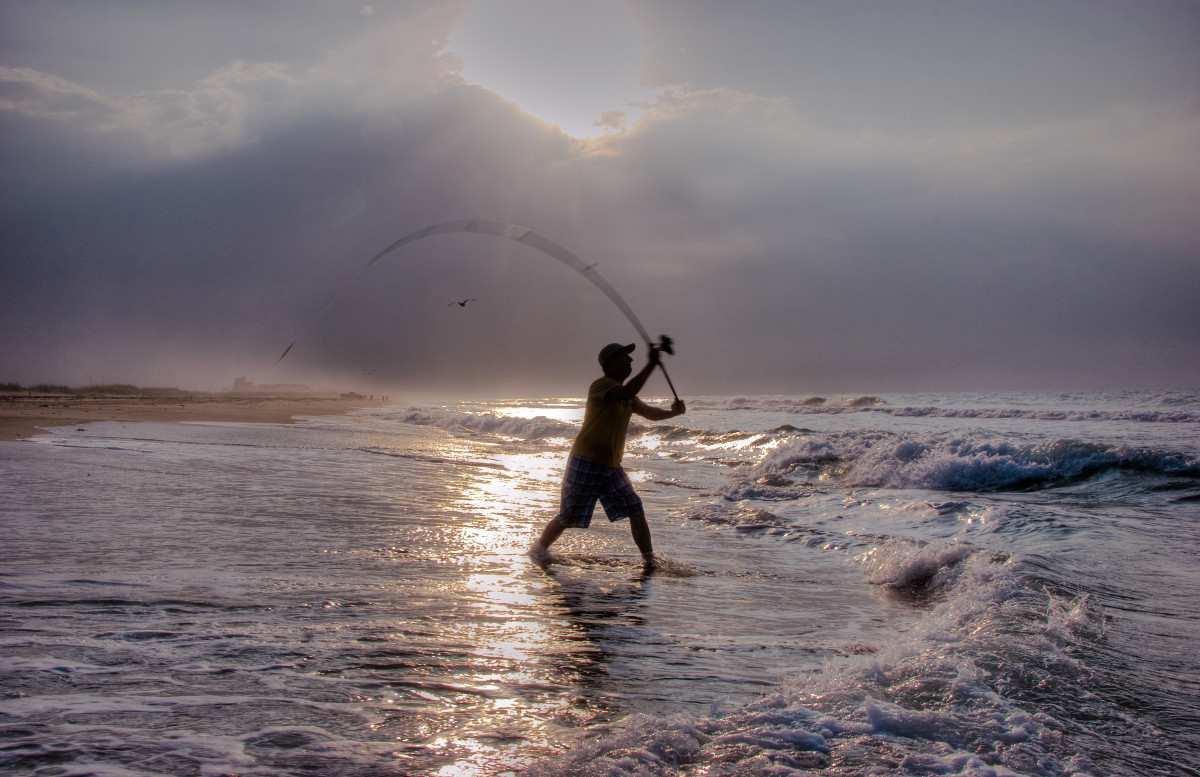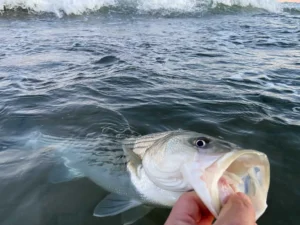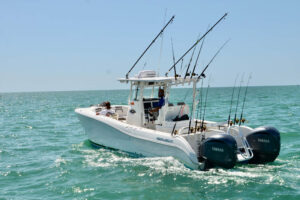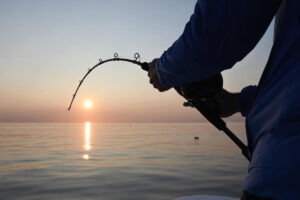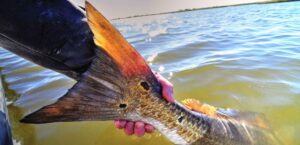Fishing from the shore can be one of the most rewarding and accessible ways to experience saltwater angling. Whether you’re targeting striped bass in the Northeast, snook in Florida, or surf perch on the West Coast, knowing how to properly cast a spinning rod from the shoreline can make or break your success. Here’s a step-by-step guide to help you master the basics and improve your shore-casting game.
1. Choose the Right Gear
Before you start casting, make sure your setup is suitable for saltwater shore fishing. Here’s what you need:
- Rod: A 7 to 10-foot spinning rod rated for saltwater use. Longer rods provide better casting distance.
- Reel: A corrosion-resistant spinning reel, matched to the rod’s specifications.
- Line: Braided line (15–30 lb test) offers strength and distance, while a fluorocarbon or monofilament leader adds abrasion resistance.
- Terminal Tackle: Use a weight (sinker) appropriate for surf conditions, and choose lures or bait based on your target species.
2. Understand Wind and Water Conditions
Wind direction, surf height, and tides affect both casting distance and fish behavior. Always check local conditions before you go. Ideally, you want the wind at your back to help carry your cast further. Fish tend to feed more actively during tide changes, especially incoming tides.
3. Set Up Your Rig
Depending on your target species and the bottom structure, you can choose between different rigs:
- Fish-Finder Rig: Great for natural bait presentations.
- Carolina Rig: Good for casting soft plastics.
- Popping Cork or Plug: Effective for surface action or topwater strikes.
Attach your rig securely, check knots, and make sure your drag is set properly.
4. Master the Casting Technique
Here’s a simple guide to casting a spinning rod effectively:
- Step 1: Hold the rod about a foot above the reel, and make sure the line is tight between the reel and the first guide.
- Step 2: Flip the bail open.
- Step 3: Use your index finger to hold the line against the rod.
- Step 4: Bring the rod back over your shoulder, then cast forward in a smooth motion, releasing the line at the top of your swing.
- Step 5: Close the bail manually after the lure or bait hits the water to prevent line twist.
Practice makes perfect—don’t be afraid to start with shorter casts and work your way up as your accuracy and timing improve.
5. Stay Alert and Keep Moving
Fish are often on the move, and so should you be. Cast to different zones: beyond the breakers, into cuts between sandbars, or near structure like rocks and jetties. Vary your retrieve speed and lure action to see what triggers strikes. Keep your eyes on the water for signs of baitfish or feeding birds—they’re often clues to where the fish are.
6. Rinse and Maintain Your Gear
Saltwater is tough on equipment. After every trip, rinse your rod and reel with fresh water and wipe them down. Periodically clean your reel’s internal components and lubricate moving parts. This will extend the life of your gear and keep it performing smoothly.
Final Thoughts
Casting a spinning rod from shore in saltwater is an art that combines timing, technique, and local knowledge. With the right gear, a little patience, and some time spent observing the environment, you’ll be well on your way to landing quality fish from the beach. Remember: every cast is a new chance—so keep learning, adapting, and enjoying the adventure.

